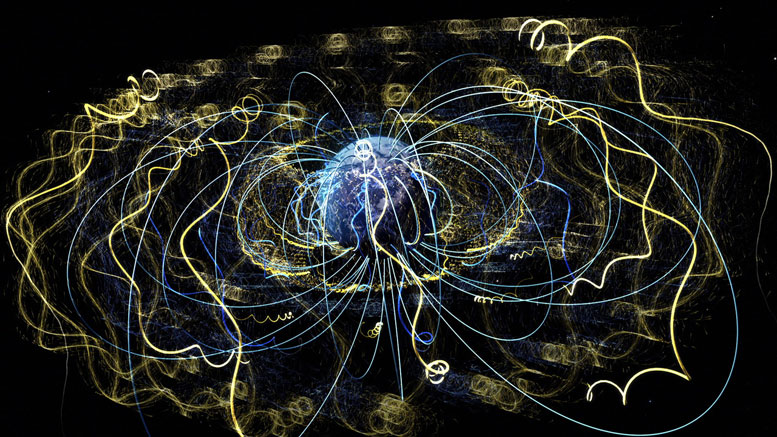Free Courses Sale ends Soon, Get It Now


Free Courses Sale ends Soon, Get It Now



Disclaimer: Copyright infringement not intended.
Context
Scientists have detected existence of high-frequency plasma waves in the Martian Upper Atmosphere with novel narrowband and broadband features that can help to understand plasma processes in the Martian plasma environment.
Details
Earth's Magnetosphere vs. Mars' Plasma Environment
Earth’s Magnetosphere:
Martian Plasma Environment:
Nature of Plasma Waves
Types of Waves:
Classification:
Properties and Characteristics:
Dispersion Relations:
Wave Modes:
Generation and Observations:
Natural Sources:
Laboratory Studies:
Significance and Applications:
About Plasma
Characteristics:
Ionization:
Properties:
Types of Plasmas:
Thermal Plasmas:
Non-Thermal Plasmas:
Natural Occurrences:
Astrophysical Plasmas:
Space Plasmas:
Laboratory and Industrial Applications:
Conclusion
The detection of high-frequency plasma waves in the Martian upper atmosphere offers a unique opportunity to delve deeper into Mars' plasma environment. Understanding the observed waves and their implications for energy dynamics could significantly contribute to our comprehension of Mars’ interaction with solar winds and its unique atmospheric processes. Further research endeavors are essential to unravel the mechanisms behind these detected plasma wave phenomena.
|
PRACTICE QUESTION Q. Plasma, with its diverse forms and applications, plays a crucial role in natural phenomena, industrial processes, and scientific research. Elaborate. (250 Words) |
© 2024 iasgyan. All right reserved